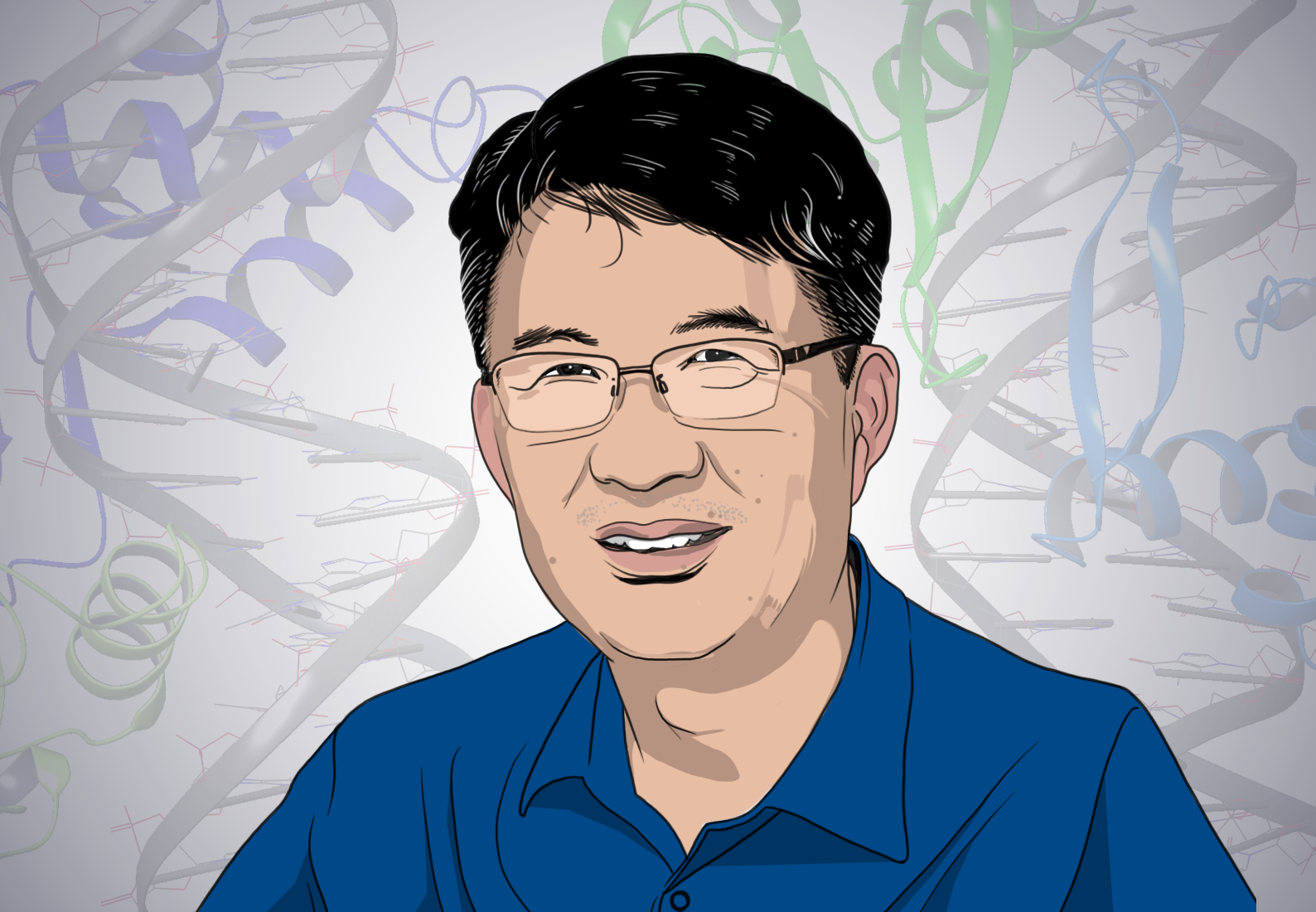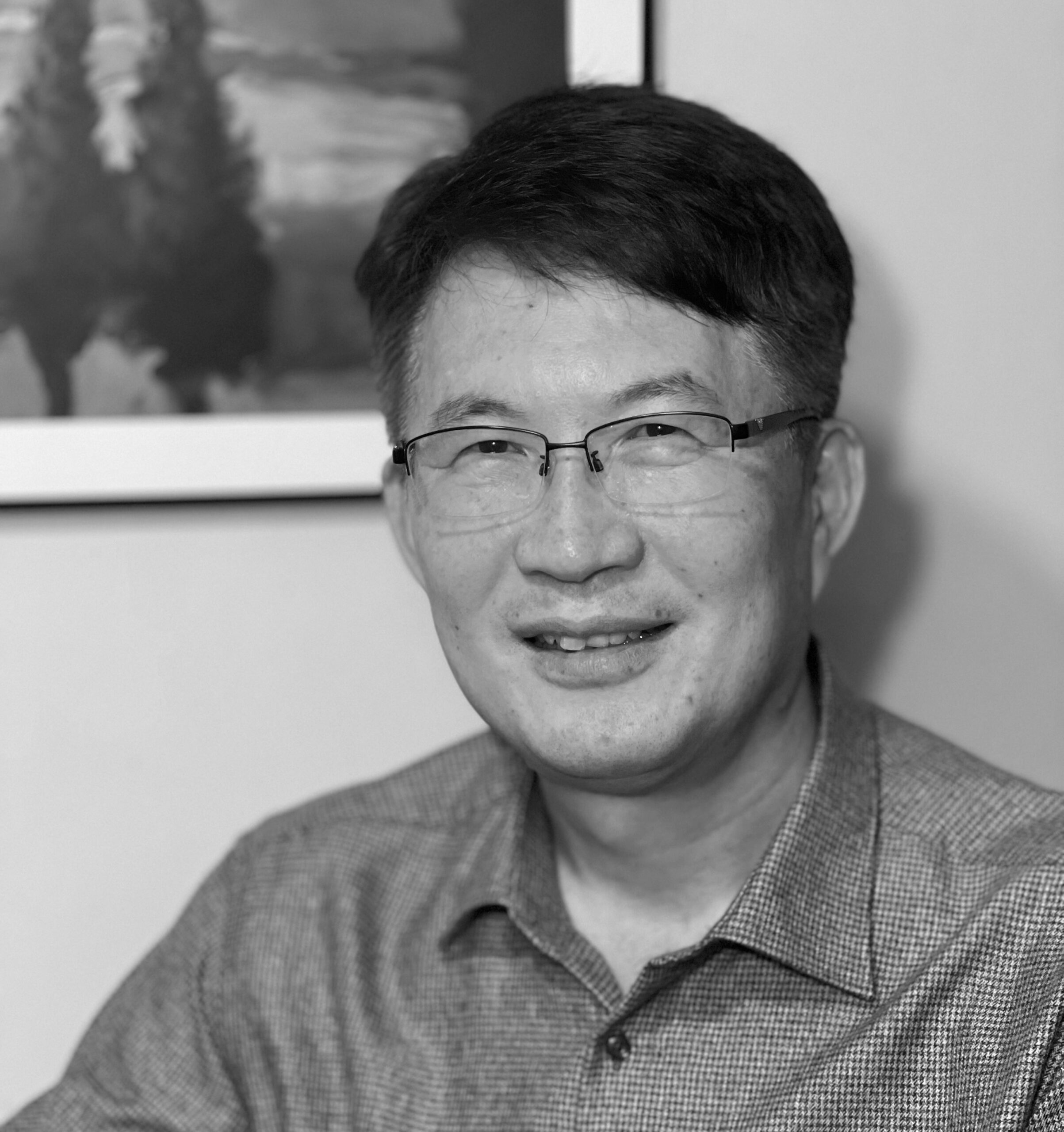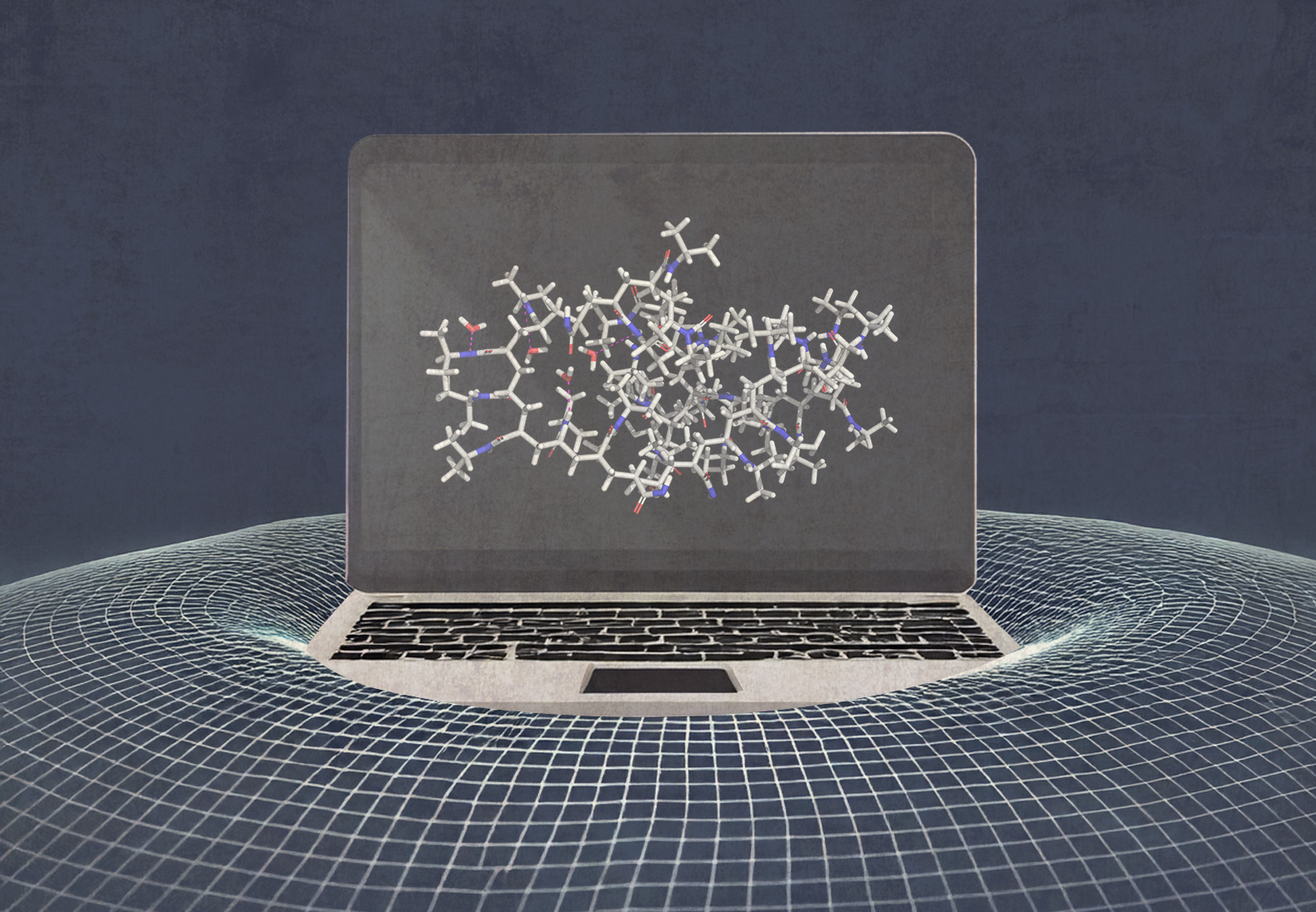Over the course of my career, I’ve had the privilege of exploring a wide variety of scientific fields, from protein crystallography to drug discovery. My journey has led me through several exciting milestones, each building on the last, exploring the many ways science is evolving in the fight against disease.
I earned my Ph.D. in protein X-ray crystallography at Seoul National University, where my early research focused on studying proteins at the atomic level, a key to understanding how they work in the body. I later moved to the United States and joined the National Institutes of Health (NIH) as a visiting researcher studying the Werner syndrome protein complex, which is responsible for a rare disease that causes accelerated aging. Using advanced techniques like mass spectrometry, I uncovered a link between aging and DNA repair—a discovery that unlocked new insights into how we age at a molecular level.
When I returned to Korea, I began my career in drug discovery at a startup called CrystalGenomics. As a Principal Researcher, I set up an evaluation team that used cutting-edge mass spectrometry to test potential new drugs. I later became Director of the Affiliated Research Institute at Gachon Clinical Trial Center, where I contributed to building a pipeline of new drugs for metabolic disorders. It was in this role that I first encountered Schrödinger’s software suite, which would soon become a cornerstone of my drug discovery work.
Transforming Ideas into Medicine
In 2019, I took on the role of Head Leader for New Drug Discovery at Korea University Medical Center. My work now centers on connecting doctors’ unmet needs with the tools and research required to develop life-saving medications. In simple terms, I bridge the gap between the people who treat patients and the tools we need to create new treatments.
Drug discovery is a complex process, and it starts with understanding the biological target—a protein or gene—that is involved in the disease. Clinicians often identify these targets, but they don’t always have the resources to develop treatments for them. This is where my team comes in. At Korea University, we handle the entire drug discovery process, from initial screening to bioassay testing, making it possible for clinicians to access cutting-edge drug discovery tools without having to build their own labs.
Our approach to drug discovery is holistic and efficient. We prioritize projects that have the potential to be first-in-class treatments—innovative drugs that don’t just mimic existing medications but offer something truly novel. Sometimes, these treatments target rare diseases or emerging global health threats like pandemics. By focusing on both the most urgent needs and the most promising targets, we ensure that our work has a real impact on patient lives.
Tackling “Undruggable” Targets
One of the biggest challenges in drug discovery is targeting proteins that don’t have the typical “pocket” shapes that most drugs latch onto. Many proteins are involved in complex interactions with other proteins on their surfaces, making them difficult to target with traditional methods. These targets are often labeled as “undruggable”—meaning that conventional techniques can’t effectively discover or develop drugs for them.
As an academic institution with limited resources, we don’t have access to the same level of research funding and manpower as major global pharmaceutical companies. To tackle these challenges, we use advanced computational tools that simulate the behavior of proteins and molecules. At the start of each project, I use Schrödinger’s Glide program to virtually screen millions of compounds. This allows us to quickly narrow down the list to a smaller, more manageable number of potential drug candidates. We then refine this list using tools like Induced Fit Docking (IFD) and Desmond, which simulate how a drug might interact with a protein, even if that protein doesn’t have a typical binding pocket.
Computational chemistry has revolutionized the way we approach drug discovery. By using simulations and modeling, we can test thousands of potential drugs virtually, without needing a fully equipped chemistry lab. This makes drug development faster and more accessible—especially for smaller research institutions like ours.
Fighting Cancer and Inflammation
My team is currently focused on two major areas of drug discovery: cancer treatment and anti-inflammatory therapies.
- Cancer treatment: Targeting FoxM1: FoxM1 is a protein that regulates cell cycle and is considered a “master regulator” of cancer. Overexpression of FoxM1 in many cancers is associated with poor prognosis for patients. When we first started investigating FoxM1 as a potential drug target, many people believed it was “undruggable.” However, we overcame known challenges by using molecular dynamics to reinterpret the protein’s structure from a new perspective. We then used Schrödinger’s Watermap software to calculate the target’s degree of binding to water molecules, and used Schrödinger’s ligand-receptor docking solution, Glide, to narrow down the final top-ranked candidates. We discovered a promising compound that could potentially treat various types of cancer, and we’re now conducting follow-up research to develop a pan-cancer treatment.
- Anti-inflammatory drugs: Targeting IL-6: Inflammation is at the root of many diseases, from arthritis to sepsis. IL-6 is a cytokine, a type of signaling molecule, often involved in these inflammatory responses. While antibody therapies targeting the IL-6 receptor already exist, my team is developing a small molecule drug that directly binds to IL-6 and prevents it from triggering the inflammatory response. We decided to focus our approach on developing a novel small molecule because of the advantages they offer compared to antibody drugs, including convenience of administration, ease of dosage adjustment, and price. This approach could have wide-reaching benefits, from treating autoimmune diseases to fighting infections.
The Expanded Role of Computational Chemistry
Schrödinger’s software suite is central to our drug discovery process. Tools like Glide, Watermap, IFD-MD, Desmond, and FEP+ allow us to model the interactions between drugs and target proteins and predict which compounds are most likely to succeed before we start testing them in the lab. These tools help us save both time and resources by eliminating compounds that are unlikely to work, allowing us to focus on the most promising candidates.
Computational chemistry has revolutionized the way we approach drug discovery. By using simulations and modeling, we can test thousands of potential drugs virtually, without needing a fully equipped chemistry lab. This makes drug development faster and more accessible—especially for smaller research institutions like ours.
The Future of Drug Discovery
As drug discovery continues to become more data-driven, the need for efficient, integrated tools like Schrödinger’s platform becomes even more essential. With the rapid advancement of AI-based protein structure prediction methods and the growing availability of protein structure data, computational chemistry is playing an increasingly important role in identifying new treatments. In the future, I believe computational chemistry will be central to almost every aspect of drug discovery, helping us move from lab bench to bedside faster than ever before.
Drug discovery is no longer just about trial and error in the lab—it’s about using cutting-edge technology to predict and optimize our efforts. By combining computational methods with experimental research, we can accelerate the development of life-changing drugs for cancer, inflammation, and many other diseases. As we continue to explore new technologies and refine our methods, I’m excited about the future of drug discovery and the possibility of turning today’s ideas into tomorrow’s therapies.










